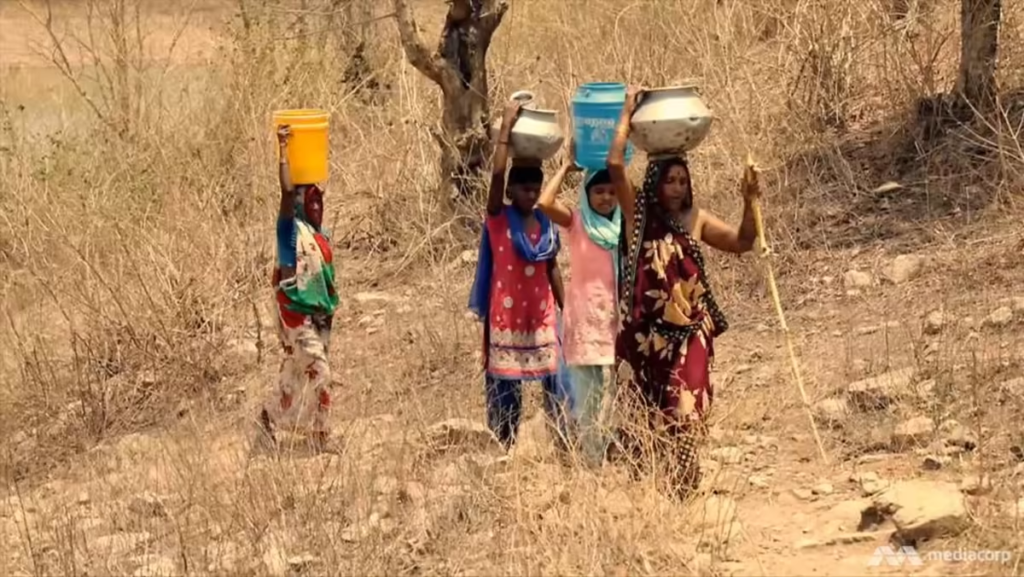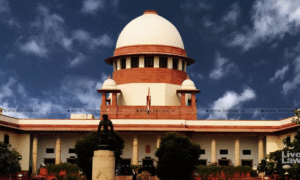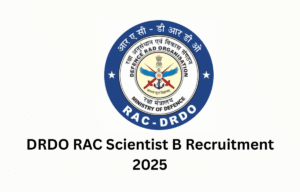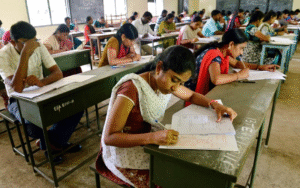The Parched Earth and the Precarious Future: Navigating Water Scarcity and Management Challenges in India
India, a land of vibrant diversity and burgeoning development, faces a critical and escalating challenge: water scarcity. While blessed with mighty rivers and monsoon rains, the nation grapples with an increasingly precarious water situation, threatening agricultural productivity, industrial growth, public health, and overall socio-economic stability. The challenges are multifaceted, stemming not just from dwindling resources but also from deeply ingrained issues of mismanagement, inequitable distribution, and a lack of holistic planning. Addressing this crisis requires a comprehensive and urgent overhaul of water management practices, coupled with a fundamental shift in societal attitudes towards this precious resource.

The Dual Pressures of Population Growth and Climate Variability
One of the primary drivers of water scarcity in India is the sheer pressure of its vast and growing population. The demand for water for domestic use, agriculture (which remains the largest consumer), and industrial activities has surged exponentially. This burgeoning demand often outstrips the available supply, particularly in regions already facing arid or semi-arid conditions, like parts of Rajasthan. The uneven distribution of rainfall across the country further exacerbates the problem, leaving some areas perpetually drought-prone while others experience seasonal flooding. The increasing frequency and intensity of extreme weather events, linked to climate change, add another layer of unpredictability, leading to both prolonged dry spells and devastating floods that disrupt water availability and infrastructure.
Unsustainable Agricultural Practices: A Major Drain
Furthermore, unsustainable agricultural practices contribute significantly to water depletion. The cultivation of water-intensive crops in arid regions, coupled with inefficient irrigation techniques like flood irrigation, leads to massive water wastage. Subsidized electricity for pumping groundwater has incentivized over-extraction, leading to a drastic decline in groundwater tables across many states. This not only depletes a vital reserve but also increases the cost of extraction and can lead to land subsidence and arsenic contamination in some areas. The lack of awareness and adoption of water-efficient irrigation methods like drip and sprinkler irrigation further compounds the problem.
Inefficiencies in Management and Deteriorating Infrastructure
Inefficient water management and inadequate infrastructure are also major impediments. Aging and leaky water distribution networks in urban areas result in significant losses. The lack of proper storage facilities and rainwater harvesting systems means that a substantial amount of monsoon runoff is lost. Inter-state water disputes, often politically charged, hinder the equitable sharing of river waters and delay crucial water management projects. Furthermore, the pollution of rivers and water bodies by industrial effluents and untreated sewage renders vast quantities of water unusable, further straining the available resources. The lack of stringent enforcement of environmental regulations and inadequate wastewater treatment infrastructure contribute significantly to this contamination.
Far-Reaching Consequences Across Sectors
The consequences of water scarcity and mismanagement are far-reaching. Agricultural distress, marked by crop failures and farmer suicides, is a stark manifestation of the crisis. Industrial growth is hampered by the lack of reliable water supply. Public health suffers due to inadequate access to clean drinking water and sanitation, leading to the spread of waterborne diseases. Ecological degradation, including the depletion of wetlands and the loss of biodiversity, is another severe consequence. Ultimately, water scarcity poses a significant threat to India’s economic progress and social well-being.
A Holistic Approach to Sustainable Water Governance
Addressing these multifaceted challenges requires a holistic and integrated approach to water management. This includes promoting water-efficient agricultural practices through awareness campaigns, subsidies for micro-irrigation, and a shift towards less water-intensive crops in arid regions. Investing in and upgrading water infrastructure, including repairing leaky pipelines, building efficient storage facilities, and implementing rainwater harvesting at all levels, is crucial. Effective water resource planning, based on scientific data and involving all stakeholders, is essential for ensuring equitable distribution and sustainable use. This necessitates resolving inter-state water disputes through dialogue and cooperation.
The Imperative of Regulation, Reuse, and Community Engagement
Furthermore, stringent environmental regulations and their effective enforcement are vital to prevent the pollution of water bodies. Investing in wastewater treatment infrastructure and promoting the reuse and recycling of treated water for non-potable purposes can significantly augment water availability. Community participation and awareness campaigns are crucial in fostering a sense of ownership and responsibility towards water conservation. Education about the value of water and the need for its judicious use should be integrated into the curriculum at all levels.
Securing a Water-Secure Future: A Call for Urgent Action
In conclusion, the challenges of water scarcity and management in India are complex and deeply entrenched. However, they are not insurmountable. By adopting a comprehensive strategy that integrates efficient agricultural practices, robust infrastructure development, effective water resource planning, stringent environmental protection, and active community participation, India can navigate this crisis and secure a water-secure future for its growing population. The parched earth of today, here in Jaipur and across the nation, demands urgent and concerted action to ensure a more sustainable and equitable tomorrow.




















